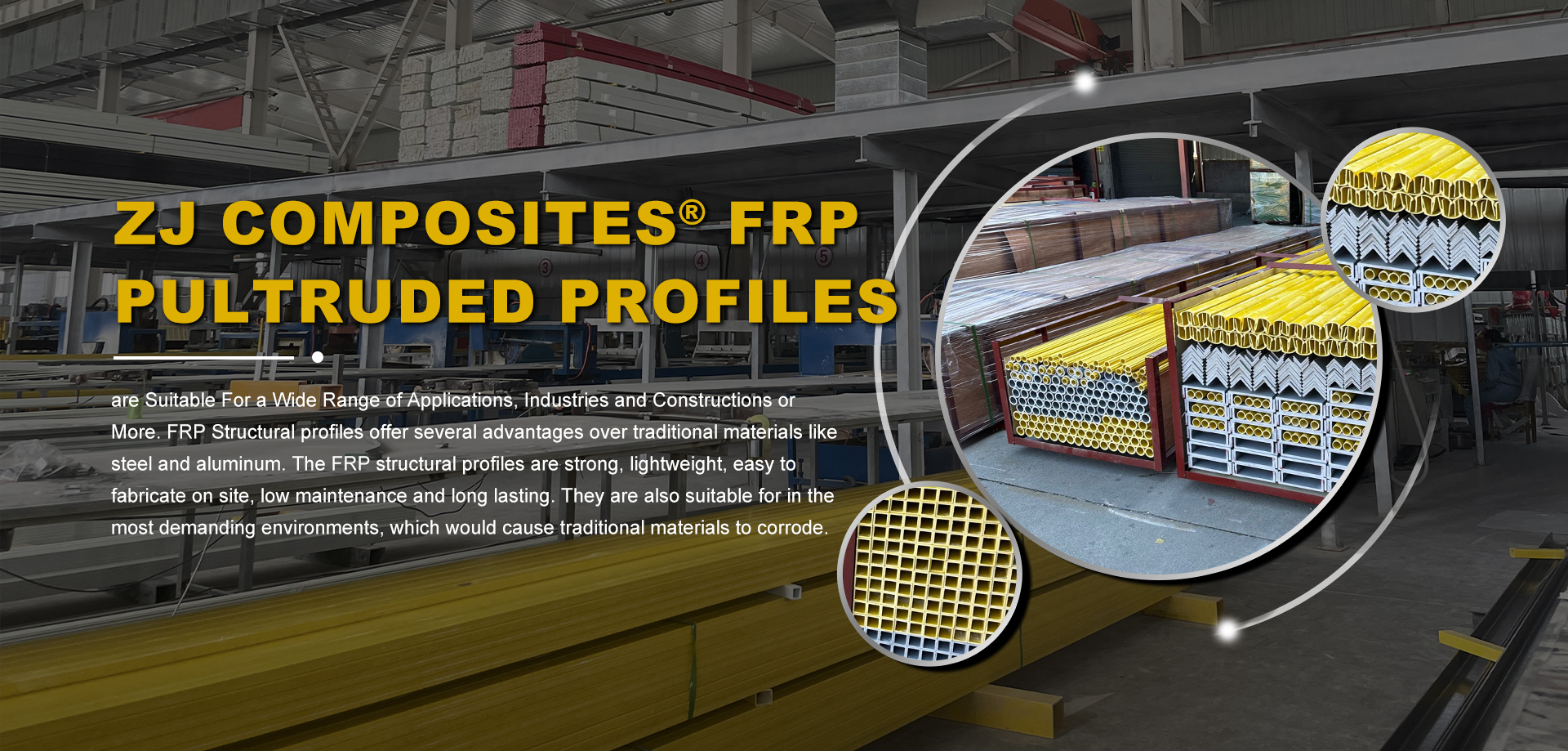loading...
- No. 9, Xingyuan South Street, Dongwaihuan Road, Zaoqiang County, Hengshui, Hebei, China
- admin@zjcomposites.com
- +86 15097380338
- Welcome to visit our website!
sectional water tank
Understanding Sectional Water Tanks A Comprehensive Overview
Water tanks play a pivotal role in modern infrastructure, serving as essential components in various systems – from residential homes to large-scale industrial operations. Among the various types of water tanks, sectional water tanks have gained prominence for their versatility, efficiency, and adaptability. This article explores the concept of sectional water tanks, their advantages, applications, and considerations for installation.
What Are Sectional Water Tanks?
Sectional water tanks are prefabricated tanks made of individual panels or sections that are bolted together to form a unified water storage unit. These panels are typically made from materials such as fiberglass, steel, or concrete, allowing for a degree of customization based on specific requirements. This modular design enables easy transportation and assembly, making sectional tanks ideal for locations where access is limited or where space is a concern.
Advantages of Sectional Water Tanks
1. Customizable Size and Capacity One of the most significant advantages of sectional water tanks is their ability to be tailored in size and capacity. They can be constructed to meet specific water storage needs, whether for a small household or a large industrial facility. This flexibility ensures that users only pay for the storage capacity they require.
2. Ease of Transportation and Installation Due to their sectional nature, these tanks are easier to transport compared to traditional monolithic tanks. The individual panels can be shipped to the site and assembled quickly, significantly reducing installation time and associated labor costs.
3. Space Efficiency Sectional water tanks can be configured to fit into irregular spaces or tight environments. This adaptability is particularly beneficial in urban areas, where space is often at a premium.
4. Cost-Effectiveness The modular construction of sectional tanks often leads to lower overall costs. They require less material compared to traditional tank designs, and their installation can be completed with less labor, further decreasing costs.
5. Durability and Longevity Made from robust materials, sectional water tanks are designed to withstand diverse environmental conditions. For instance, fiberglass panels are resistant to corrosion, while steel tanks can be coated to enhance longevity. This durability translates into lower maintenance requirements over time.
6. Easier Maintenance The modular structure allows for easier access to various parts of the tank during maintenance activities. It can be simpler to replace a single panel if it becomes damaged rather than servicing an entire tank, thereby saving both time and money.
Applications of Sectional Water Tanks
Sectional water tanks are versatile and can be utilized in various applications, including
sectional water tank

- Residential Use Homeowners use sectional tanks for rainwater harvesting systems or as backup water storage
. Their adaptability allows them to fit in discrete areas around a property.- Industrial Applications Factories and large-scale businesses often require substantial water storage for operations. Sectional water tanks provide a reliable solution for process water, firefighting systems, and emergency reserves.
- Agriculture Farmers can utilize sectional tanks for irrigation purposes, providing consistent water supply for crops and livestock.
- Municipal Use City water systems frequently employ sectional tanks for their flexibility and capacity, ensuring that communities have access to reliable water supply.
Considerations for Installation
While sectional water tanks offer numerous benefits, several considerations should be taken into account during installation
1. Site Preparation Proper site preparation is crucial for supporting the weight of a filled tank. An inadequate foundation can lead to structural issues.
2. Regulatory Compliance Users must ensure that installations meet local health and safety regulations. This may involve permits and inspections, particularly when installing large tanks.
3. Maintenance Planning Regular inspections and maintenance are essential to ensure the longevity of the tank. Users should develop a maintenance plan based on usage and environmental factors.
4. Water Quality Management Ensuring the water quality stored in sectional tanks is critical. Users should implement strategies to minimize contamination, such as proper sealing and regular cleaning.
Conclusion
Sectional water tanks represent a practical and flexible solution for diverse water storage needs. Their modular design, coupled with advantages such as customizability, ease of transport, and durability, make them suitable for a wide array of applications. As industries and communities continue to seek efficient water management solutions, sectional water tanks are likely to play an increasingly vital role in our infrastructure.
-
The Rise of FRP Profiles: Strong, Lightweight, and Built to LastNewsJul.14,2025
-
SMC Panel Tanks: A Modern Water Storage Solution for All EnvironmentsNewsJul.14,2025
-
GRP Grating: A Modern Solution for Safe and Durable Access SystemsNewsJul.14,2025
-
Galvanized Steel Water Tanks: Durable, Reliable, and Ready for UseNewsJul.14,2025
-
FRP Mini Mesh Grating: The Safer, Smarter Flooring SolutionNewsJul.14,2025
-
Exploring FRP Vessels: Durable Solutions for Modern Fluid HandlingNewsJul.14,2025
-
GRP Structures: The Future of Lightweight, High-Performance EngineeringNewsJun.20,2025
